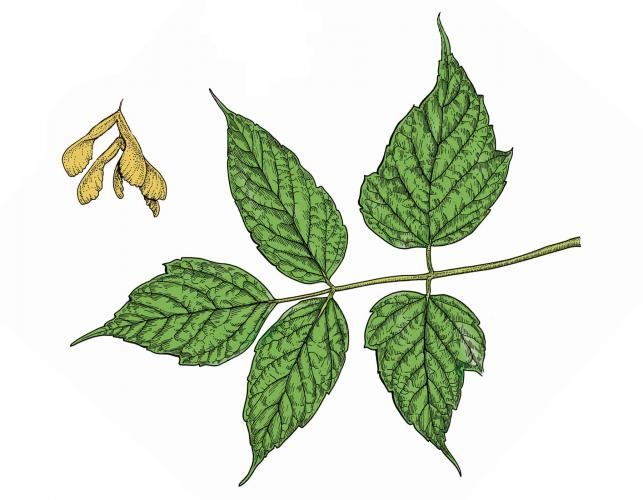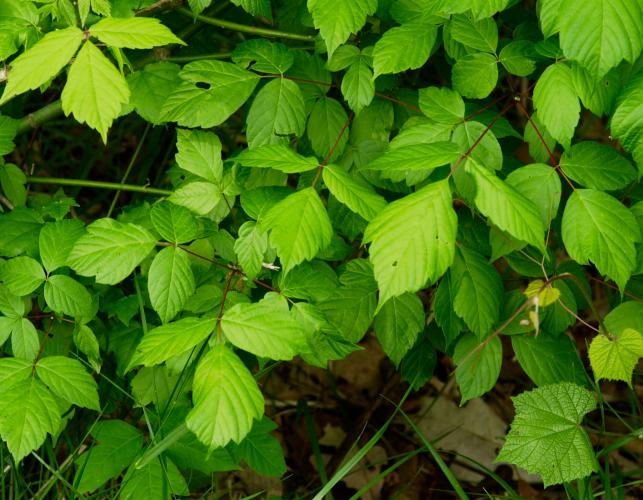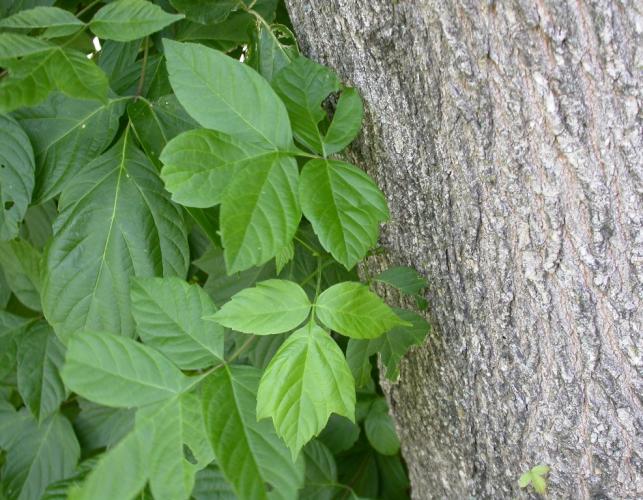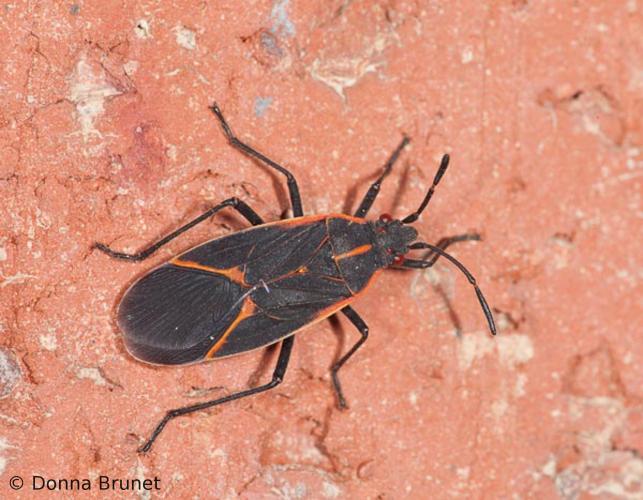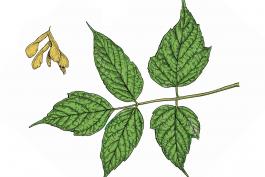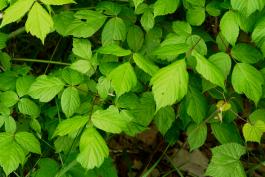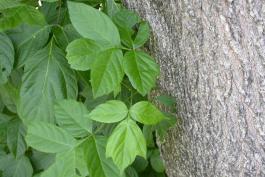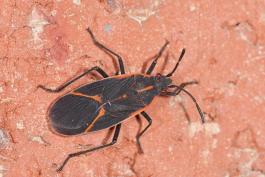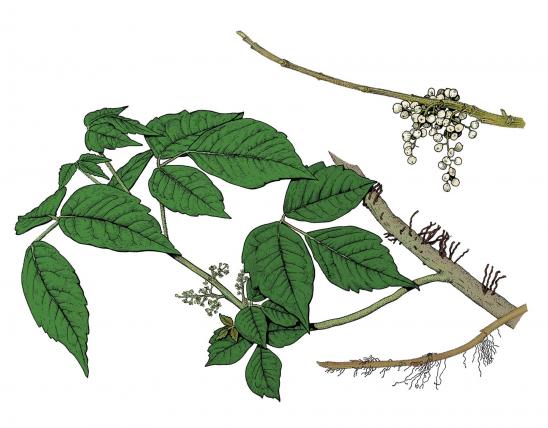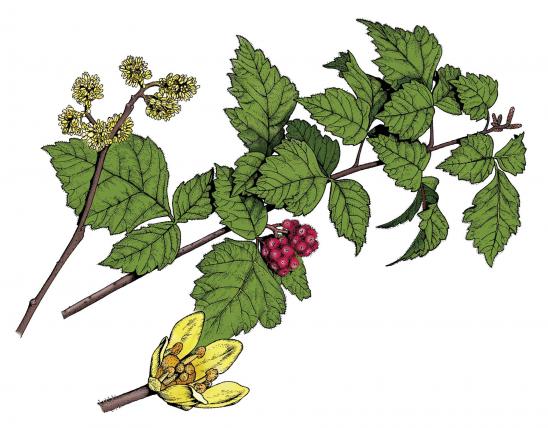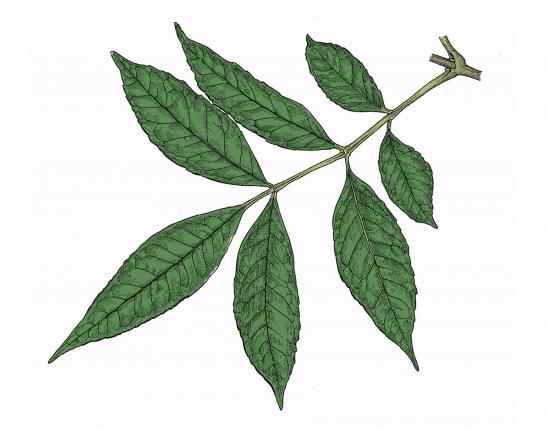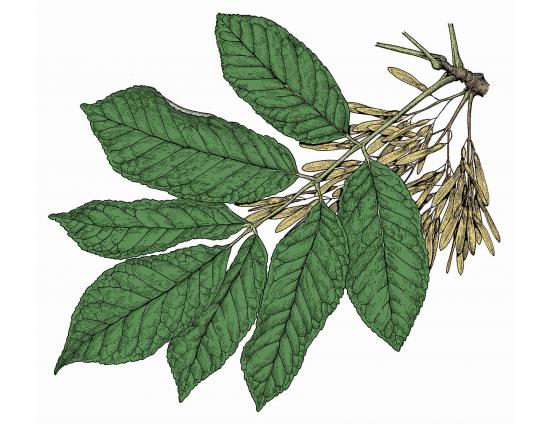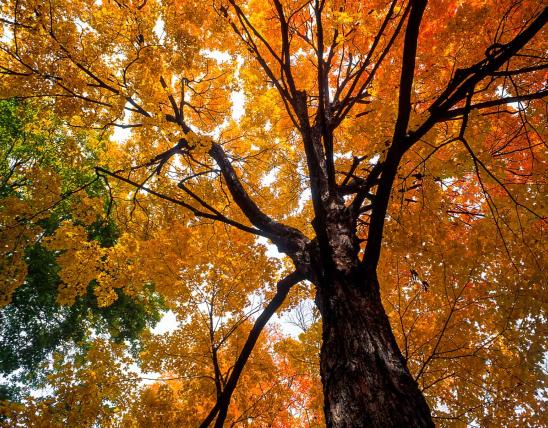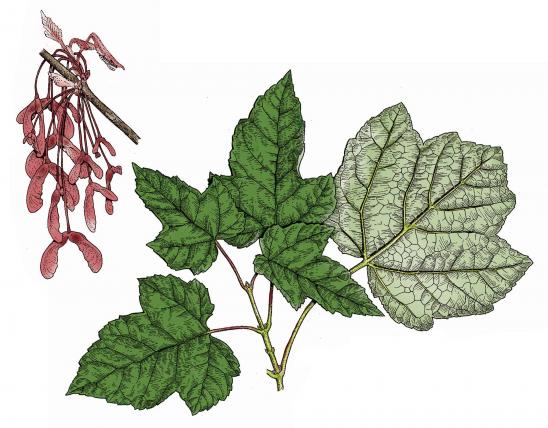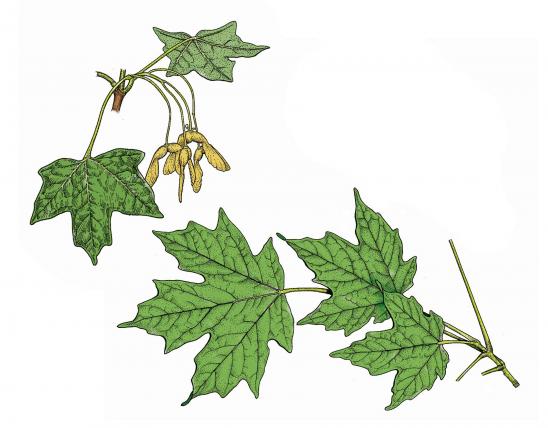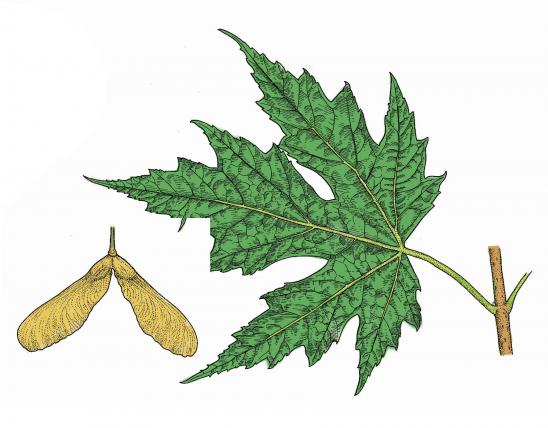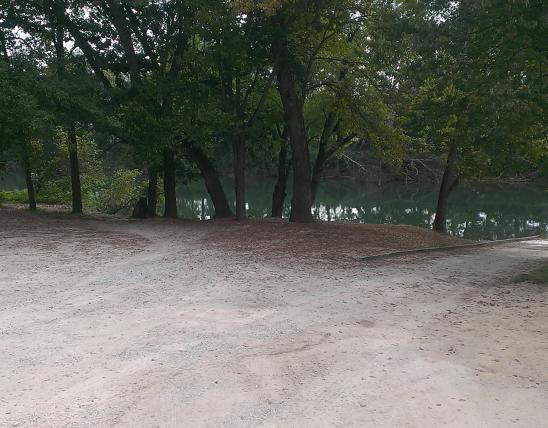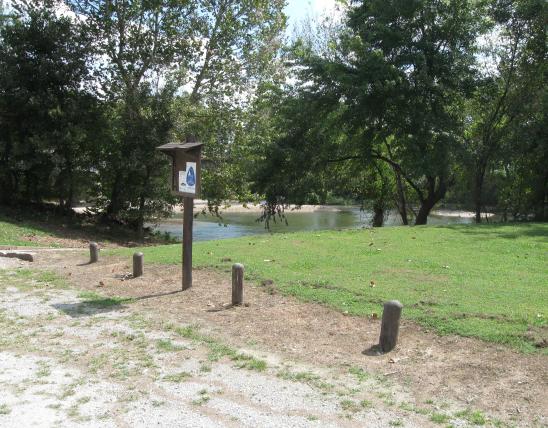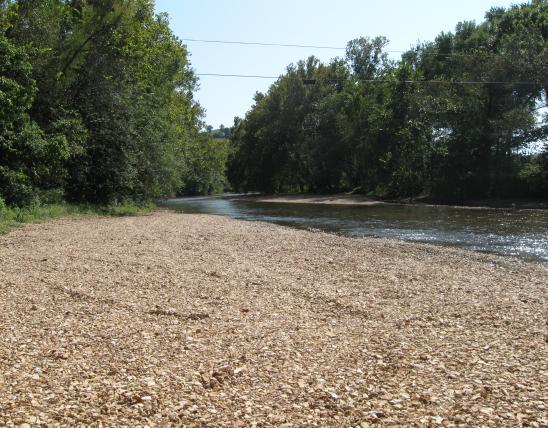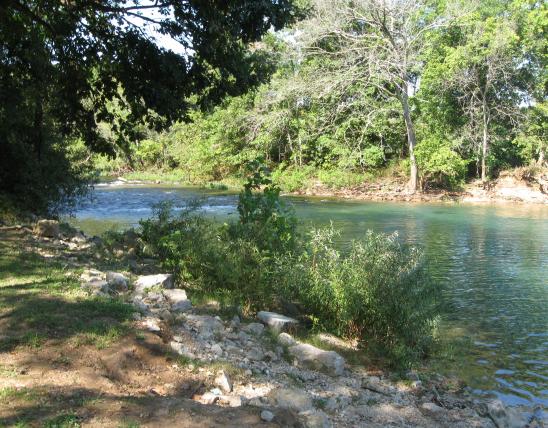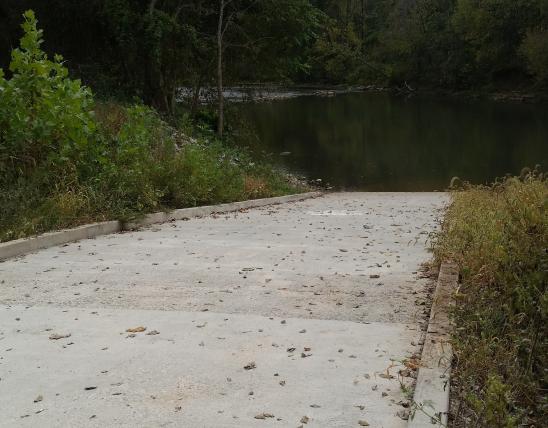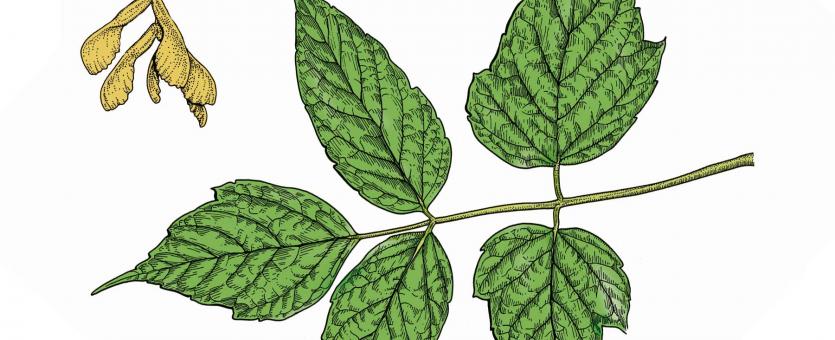
Box elder is a medium-sized tree, 40–70 feet tall, with a broad, uneven crown.
Leaves opposite, pinnately compound with 3–5 leaflets arranged like a feather. Leaflets are 2–4 inches long, 1½–3 inches wide, broadest near the base, with margin coarsely toothed, sometimes with short lobes, upper surface light green, lower surface grayish green.
Bark smooth and green when young; when older, pale gray to brown and separating into long thin ridges with shallow grooves.
Twigs slender, smooth, shiny or with a whitish coating that rubs off easily, green to olive green, sometimes purple or brownish.
Flowers April–May, with male and female flowers on separate trees. Flowers small, greenish, drooping, on slender stalks, petals absent.
Fruits August–October, often remaining on the tree over winter; in drooping clusters 6–8 inches long. Fruits are winged, paired, 1–2 inches long, similar to maple seeds.
Height: 40–70 feet.
Statewide.
Habitat and Conservation
Occurs in bottomlands, margins of swamps and streams, edges of woods, ravine bottoms, bases of bluffs, and disturbed sites. Also common around homes. A fast-growing tree that rarely lives beyond 80 years, it is susceptible to wind and storm damage and easily sheds limbs. Its leaves are also the favorite food of box elder bugs, whose swarms can be a nuisance around homes. For these reasons, box elder is not a choice plant for home landscaping.
Human Connections
A fast-growing, weak-wooded species that breaks easily in windstorms or under ice and snow. The box elder bugs it attracts can be a nuisance. Some trees are heavy seed producers. The wind-pollinated flowers can cause hay fever in spring. The wood is used for paper pulp, crates, and cheap furniture.
Ecosystem Connections
The seeds are an important winter food for many species of birds, plus squirrels, chipmunks, and other small mammals. Easily dispersed, fast-growing, short-lived trees play in important intermediate role in the succession of plants as disturbed ground gradually transforms into old-growth forest.
